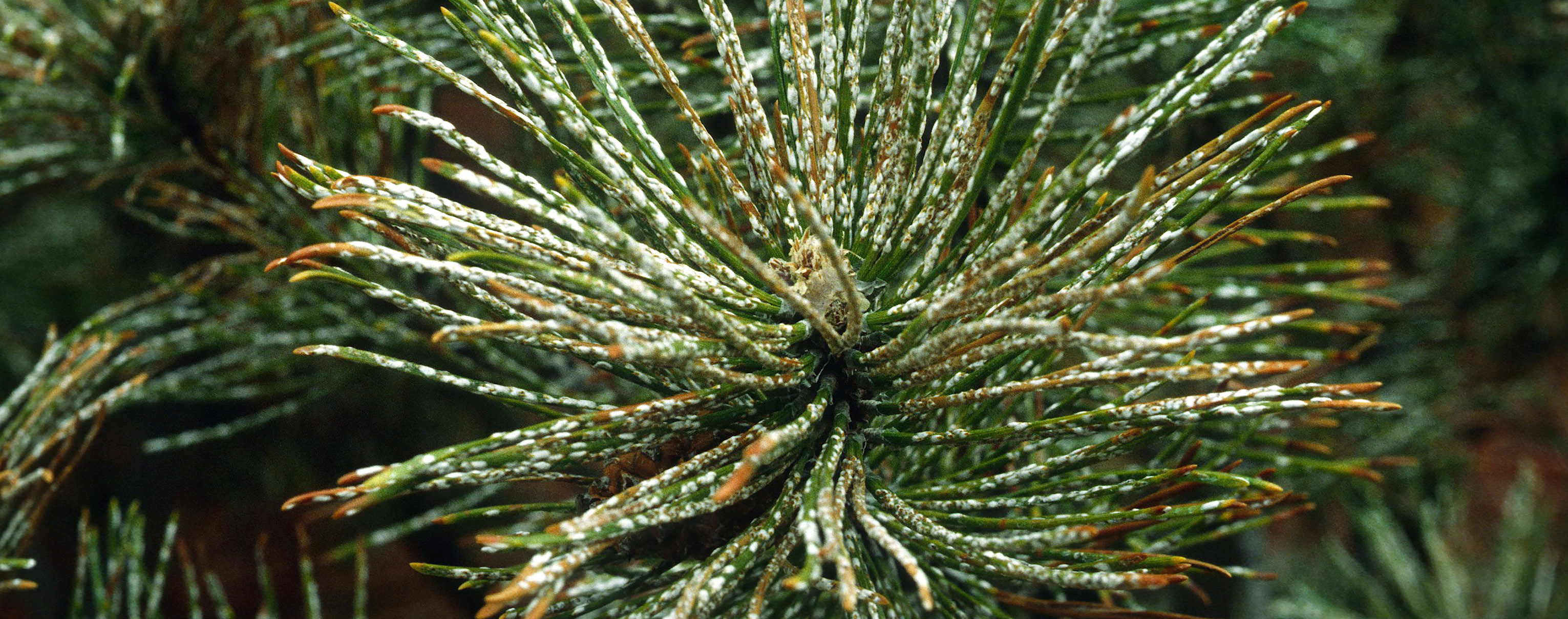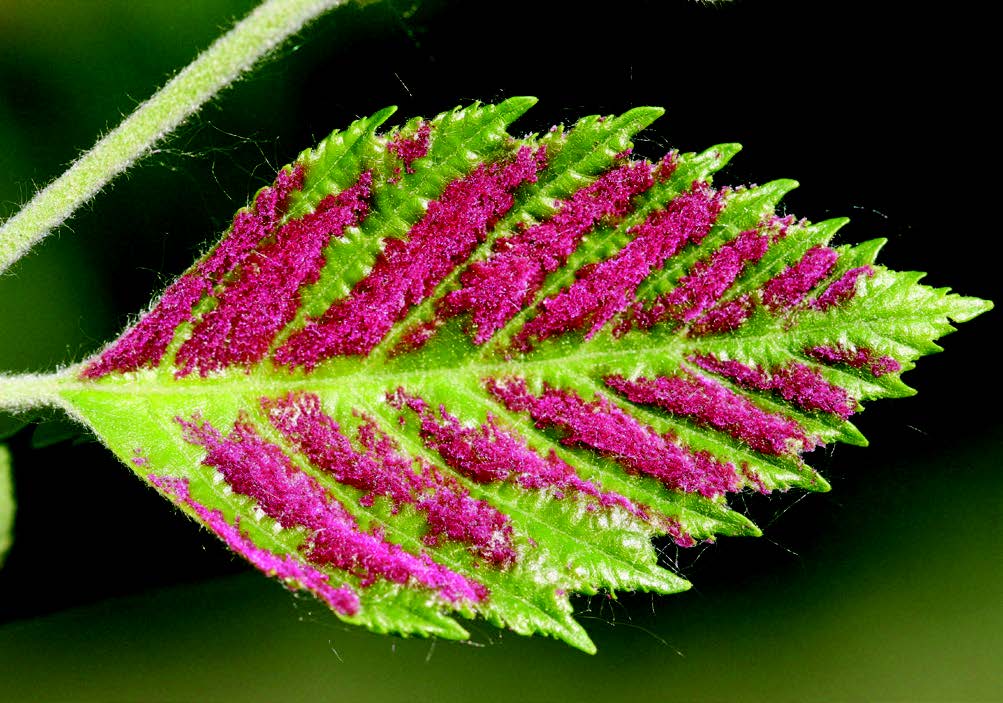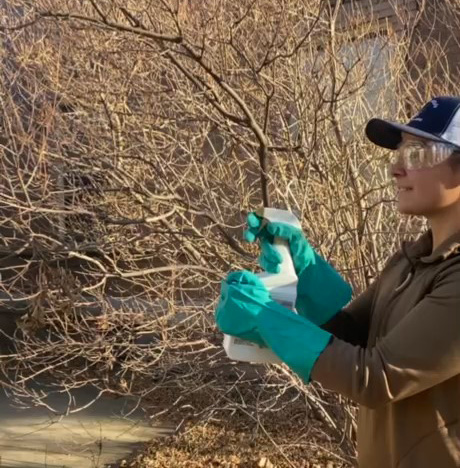Do's and Don'ts of Dormant Oils
Integrated Pest Management for woody ornamentals
If the last growing season had a name, it would be “Treepocalypse of 2023.” If a nice day was thwarted by a concerning tree observation, rest assured, you were not alone.
There are many reasons why a tree may appear unhealthy. Most of the time it is due to abiotic (environmental) reasons such as drought stress, winter damage, or sunscald. If you have followed the mantra of “Right Plant, Right Place” and taken all the steps you could to maintain the health and vigor of trees and shrubs, you may have fewer issues related to pests and disease.
Inevitably, some years are worse than others for trees, and stressed trees make inviting homes for pests (such as insects and other arthropods). If you see pests or signs of insect or mite damage, bring a sample to your local MSU Extension agent for diagnosis. When a proper sample is submitted for diagnosis, the MSU Extension agent or Schutter Diagnostic Lab can identify the disease or pest and give a few management options.

Pine needle scale infestation.
Photo: USDA Forest Service – Coeur d’Alene Field Office, Bugwood.org
Integrated Pest Management (IPM) includes the use of environmentally responsible pest management strategies (including prevention, mechanical control, biological control, and chemical control). Even when you try your best to prevent pest-related issues by maintaining plant health, sometimes pest problems are inevitable. If other IPM strategies don’t work, management using pesticides may be necessary. One of the least toxic options for chemical treatment of many pests is dormant oil. However, there is a fair amount of confusion over dormant oil. What is it? How do I make sure I purchase the right one? How do I apply it? Is it safe? What about beneficial insects?
Dormant oils are petroleum-based products like other horticultural oils. The term “dormant oil” refers to the time of year when they are effectively used, late fall-early spring, before bud break. Dormant oils have a low unsulfonated residue (U.R.), meaning that there are limited plant-toxic compounds remaining after distillation and refining. When at your local garden center or hardware store, look for dormant oils with a U.R. value less than 92%. For example, the label might say “Pet. Oil-Min. U.R. 91%-Class Light-Med.” under the Active Ingredients section.

Eriophyid mites on Viburnum species.
Photo: Steven Katovich, Bugwood.org
Dormant oils target pests that are found on plants during the dormant season. Late winter and early spring applications of dormant oils can be helpful for controlling overwintering insects and insect eggs in fruit trees and woody ornamentals. They can be used to treat pests including aphids (eggs), adult mites and eggs, scales (overwintering females), caterpillars overwintering as eggs on foliage, etc. Dormant oils are contact insecticides and work mechanically by blocking the breathing pores (called “spiracles”) or by penetrating and disrupting fatty acids in cell membranes of arthropods. They essentially suffocate the pests. Dormant oils degrade rapidly and don’t leave a toxic residue. Reapplication may be necessary for effective control (as per label instructions). As such, dormant oils can also be a way to minimize negative effects on non-target insects, and proper use can result in reduced need for further insecticide application in the growing season.
| Pest | Life stage to target with dormant oil |
| Eriophyid mites | Overwintering adults |
| Cottony maple scale | Adult females |
| Aphids | Eggs |
| Ash flower gall mite | Adult females |
| European elm scale | Overwintering nymph |
| Oystershell scale | Eggs |
| Pine needle scale | Crawler stage |
| Spruce bud scale | Scale nymph |
| Spruce spider mite | Eggs |
| Blister mites | Adult mites |
Dormant oils can be a less toxic approach than some other conventional insecticides for managing insect pests when used properly. When applied in late winter/early spring before bud break, dormant oils can reduce insect populations that would cause severe damage in the spring/summer. They can also reduce injury to non-target arthropods (including beneficial insects such as pollinators that aren’t active during the dormant season). As with any pesticide product, which includes dormant oils, always read and follow label directions, and contact your local MSU Extension office if you have additional questions.
Note: These recommendations are provided only as a guide. It is always the pesticide applicator’s responsibility, by law, to read and follow all current label directions for the specific pesticide being used. If any information in these recommendations disagrees with the label, the recommendation must be disregarded. The authors and Montana State University assume no liability resulting from the use of these recommendations.
DO’S
|
DON’TS
Read the label before purchasing dormant oils and always wear personal protective equipment. Photo: Jackie Pondolfino, MSU Extension |
Jackie Pondolfino is an MSU Extension Agent in Park County.

